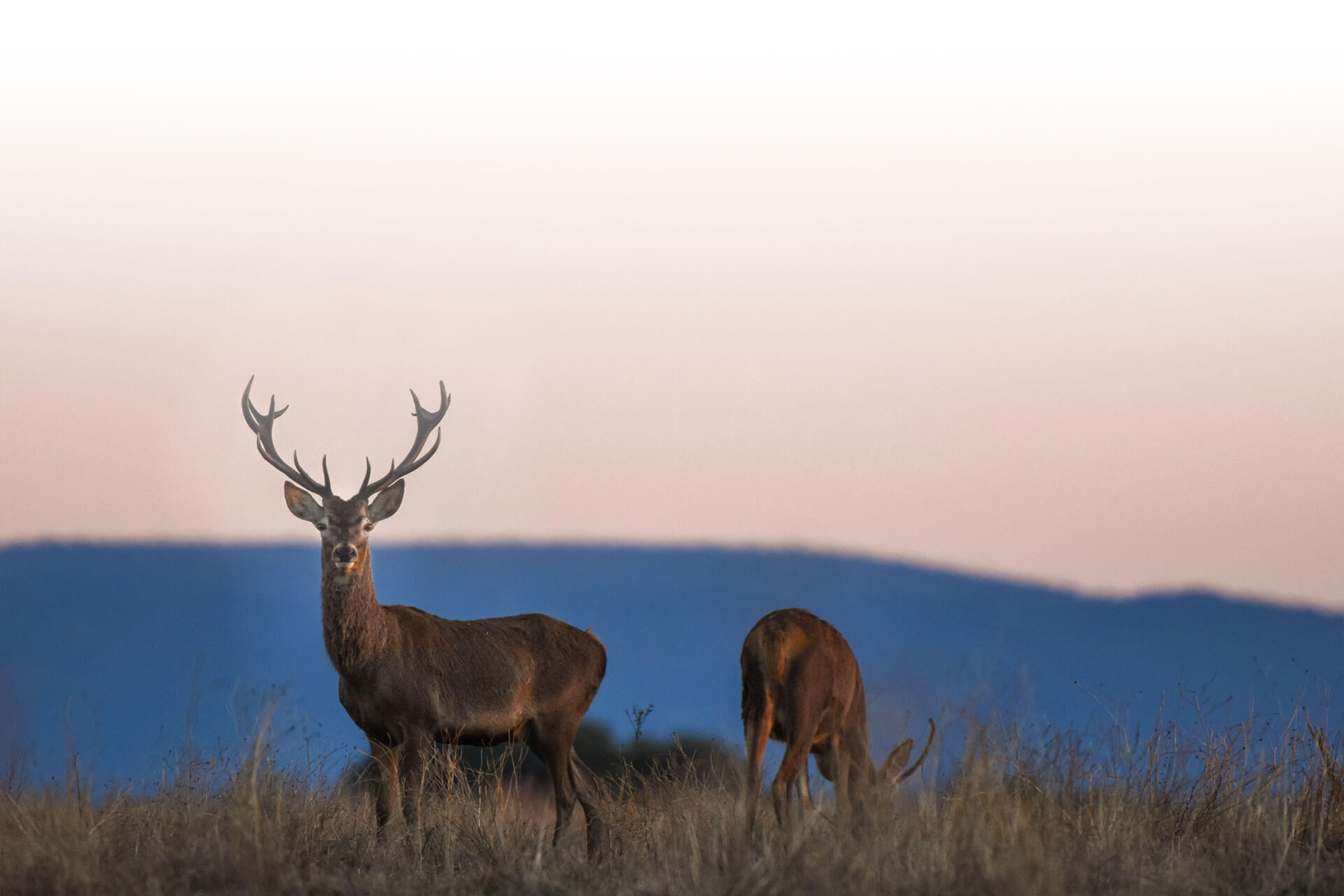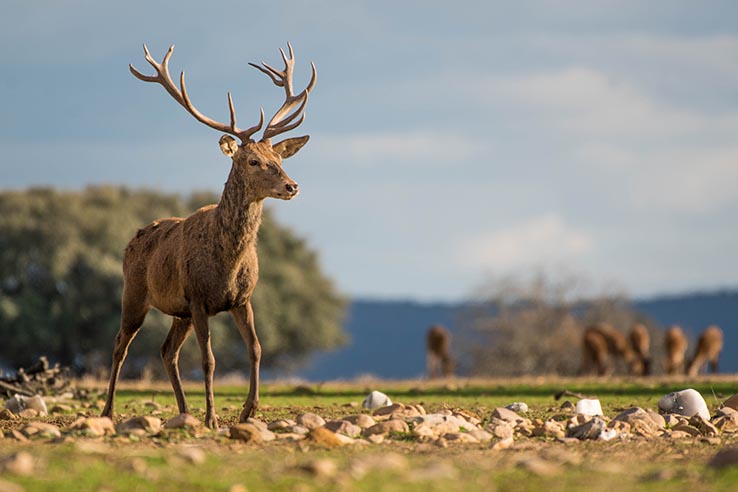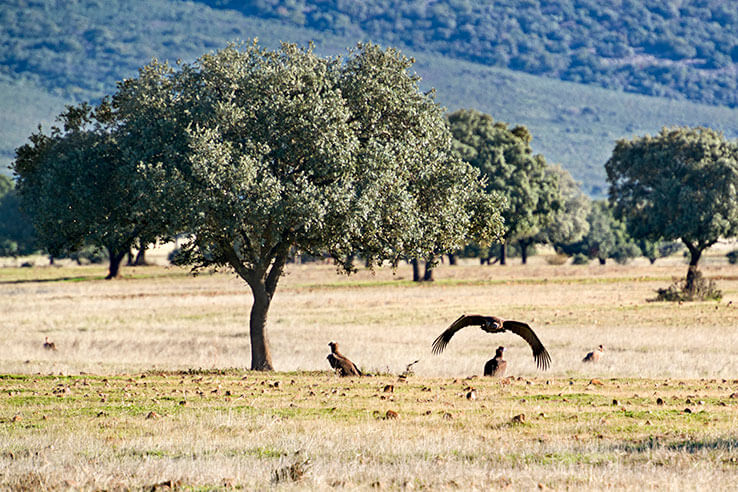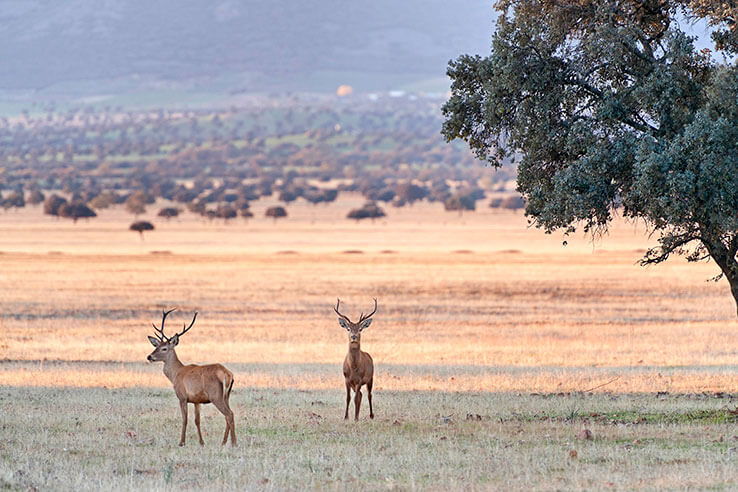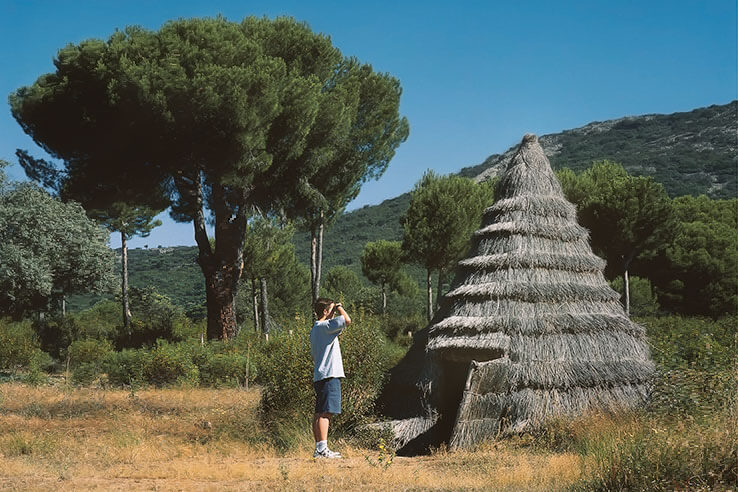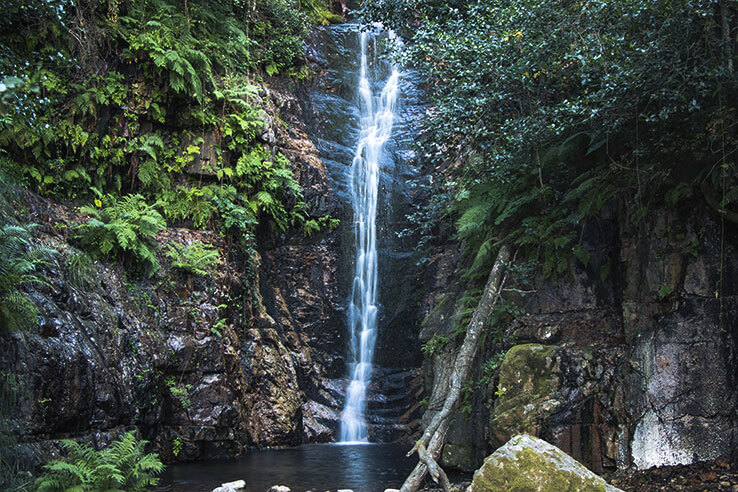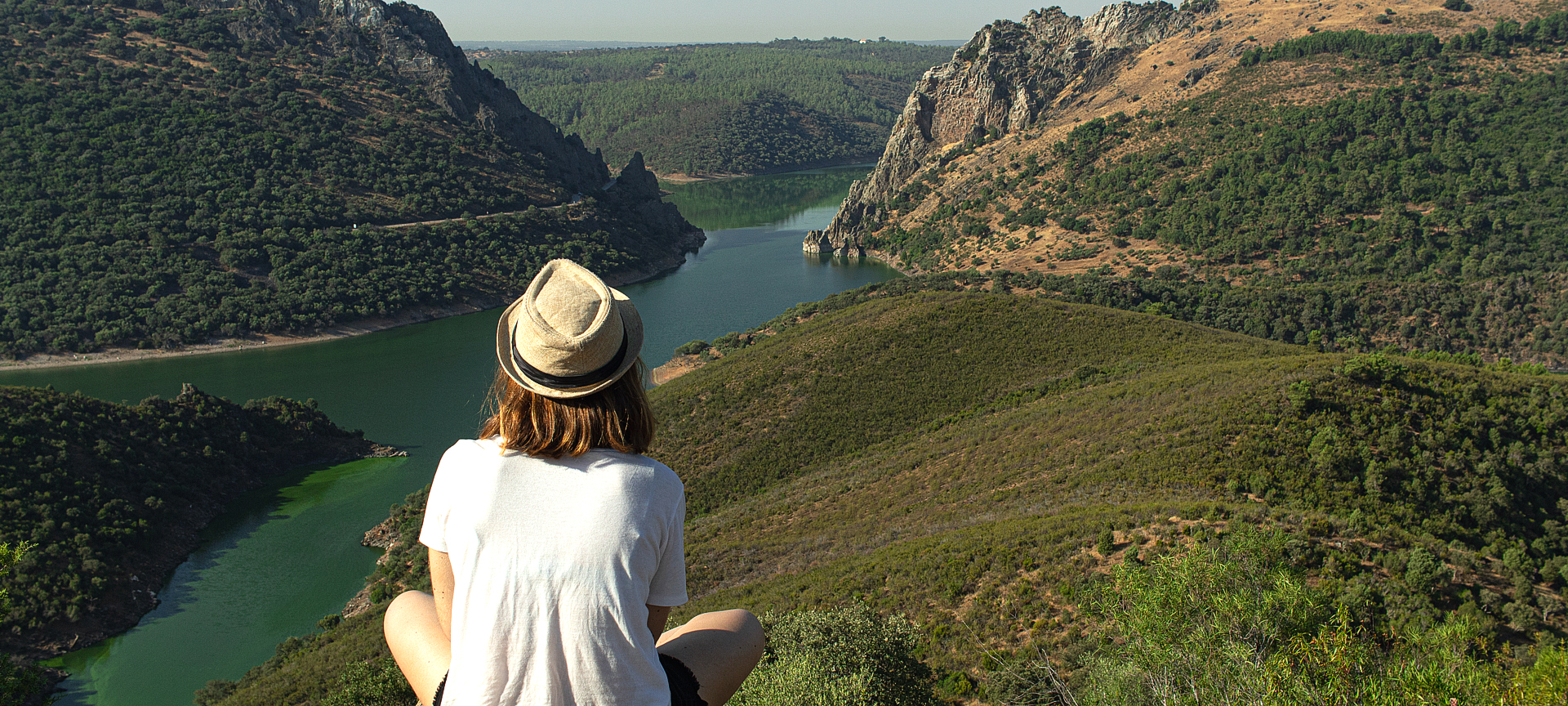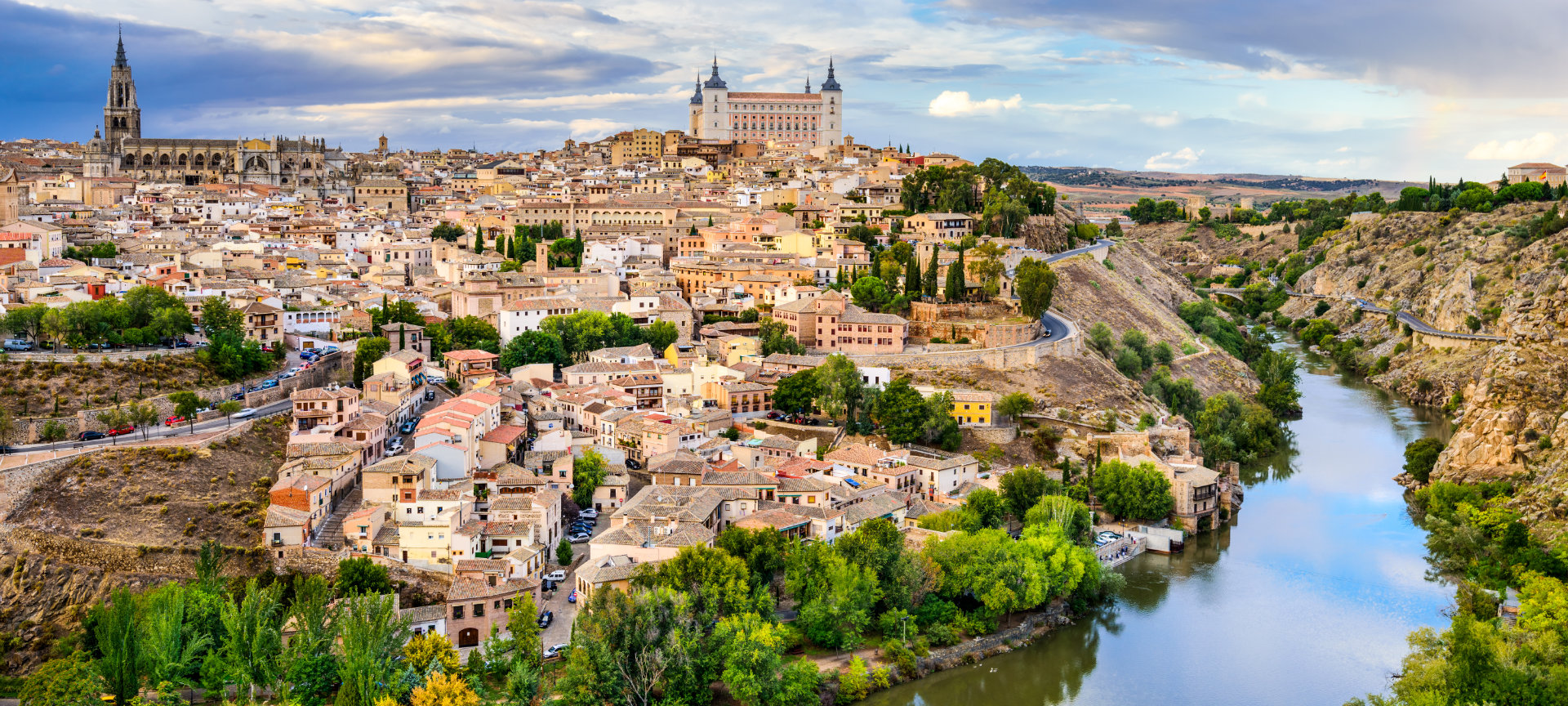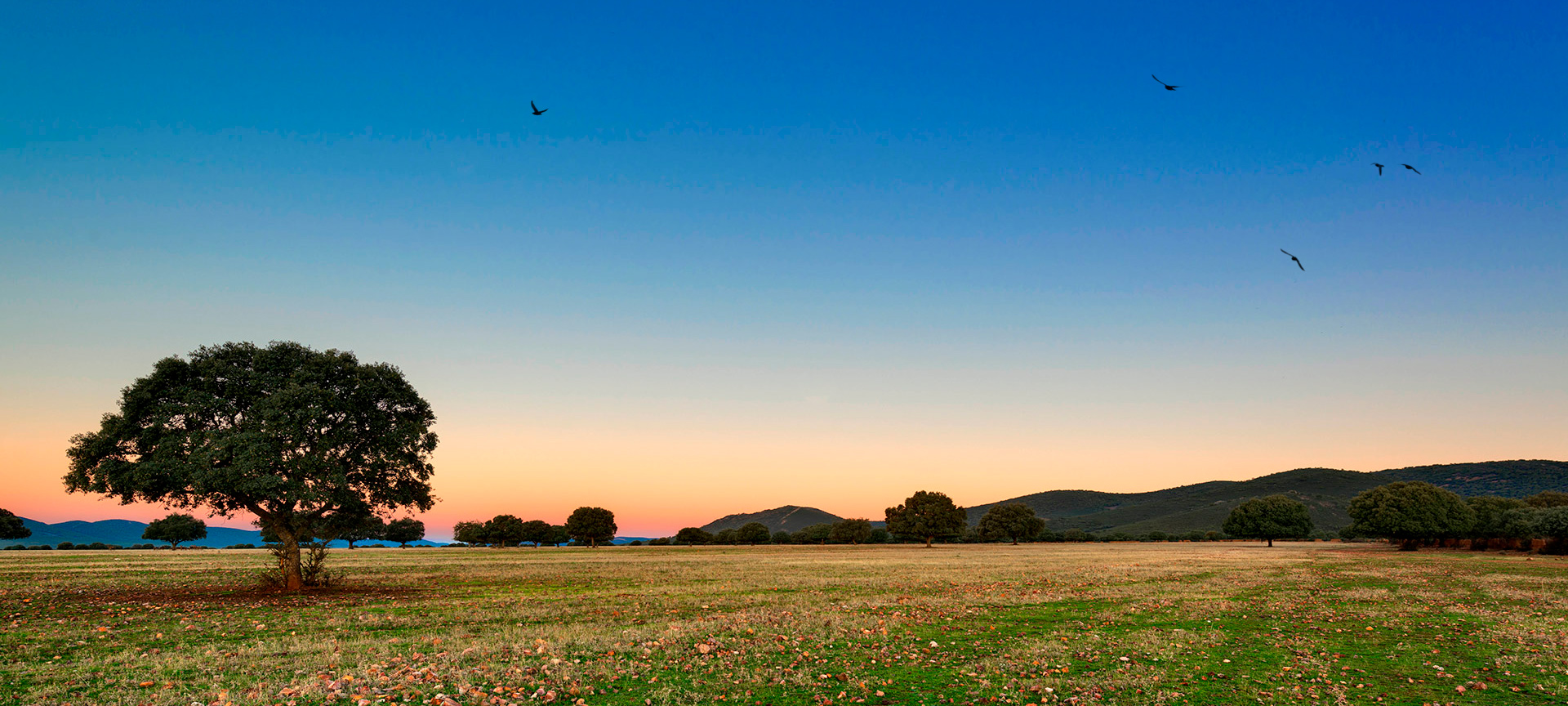
Cabañeros National Park
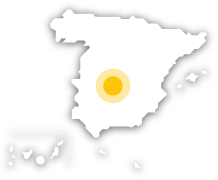
The best example of Mediterranean forests
Located in the region of Montes de Toledo, between the provinces of Ciudad Real and Toledo, Cabañeros encompasses the most varied aspects of the Mediterranean ecosystem. From the autumnal bellows of the deer, to the majestic flight of the golden eagle, the park is full of natural wonders. Oaks, holm oaks and cork trees combine to create a landscape where the fauna are literally at home, and we are their occasional guests.
Cabañeros National Park
The park is shared by the provinces of Toledo and Ciudad Real (Castilla-La Mancha), in the heart of Spain.
Toledo (Castilla-La Mancha)
Ciudad Real (Castilla-La Mancha)
Ciudad Real (Castilla-La Mancha):
- Alcoba
- Horcajo de los Montes
- Navas de Estena
- Retuerta del Bullaque
- Hontanar
- Navalucillos, Los
Toledo (Castilla-La Mancha):
Junto al pantano de la Torre de Abraham, CM-403 Pueblonuevo del Bullaque-Las Ventas con Peña Aguilera, a 7 km de Pueblonuevo
13194 Torre de Abraham, Retuerta del Bullaque, Ciudad Real (Castilla-La Mancha)
Carretera Pueblonuevo del Bullaque-Santa Quiteria, a 6 km de Pueblonuevo
13116 Alcoba de los Montes, Alcoba, Ciudad Real (Castilla-La Mancha)
Crta. CM-4017, a 1 km del casco urbano de Horcajo de los Montes
13110 Horcajo de los Montes, Ciudad Real (Castilla-La Mancha)
Activa JS
In images
What you need to know
-
What you will find
There is something for you at Cabañeros in every season. Visit during autumn, when the oak leaves start to burnish, or in spring, when the fields begin to adorn themselves in green. The park transforms throughout the year into an idyllic destination where you'll experience the irresistible pull of nature.Divided into two clearly differentiated areas: the thicket and the mountain range. Cabañeros is characterised by the variety of landscapes. The first abounds with lush vegetation and holly oaks, where cattle graze and the birds from the plain, such as swans and bustards, make their habitat. The second consists of craggy outcrops and rocks, home to black vultures, golden eagles and a haven for large mammals.Oak trees appear amongst the rocks together with elements from the mountain foothills, such as the heather and rockrose that typify this unique scenery. Numerous streams and rivers also flow across Cabañeros. These water courses flow more heavily in autumn and spring, transforming the area into a captivating mosaic of flowers.
-
Routes around the Park
There are 16 hiking routes in Cabañeros, which you can find out about at the tourist information points. None are particularly demanding but in the hotter months of the year it is a good idea to avoid hiking during the middle of the day.There are also tours in four-wheel-drive vehicles. There are stops along the route at viewpoints and observatories. Other options include exploring two of the routes by bicycle, or if you book in advance, you can take some of them on horseback.Map of Cabañeros National Park
-
Don't leave without...
Stopping to try some of the local dishes. Gachas and migas are excellent choices to sample this region's cuisine, typical of Castilla-La Mancha. In any of the six municipalities that comprise the park you will find typical restaurants where you can taste these specialties of pastoral origin.You can also discover first hand, what life used to be like in these areas. Two ethnographic museums, in Alcoba and Horcajo de los Montes, explain how the region has evolved over the last two centuries, and the role the Cabañeros park has played.For astronomy lovers, the night sky here is another must-see. The clear, starry skies mean that several areas in the park become stunning natural observatories, especially in spring and summer.
Travel plans for inspiring you

